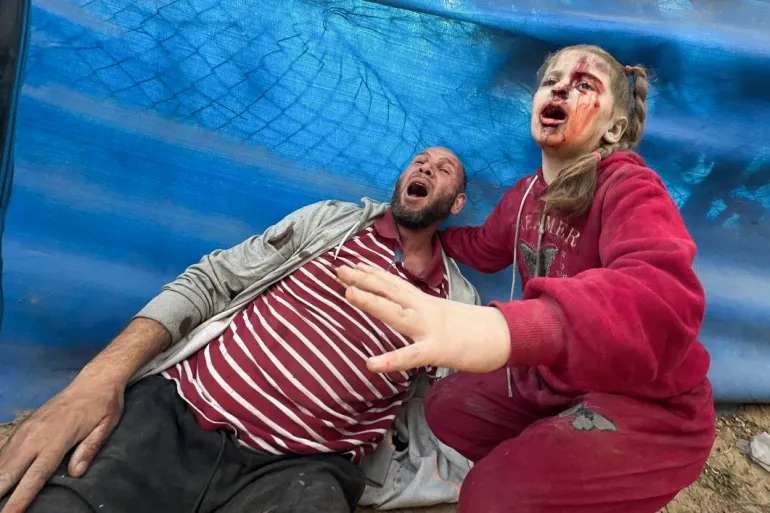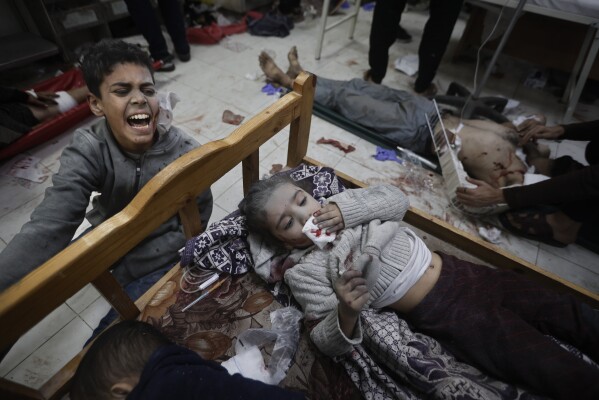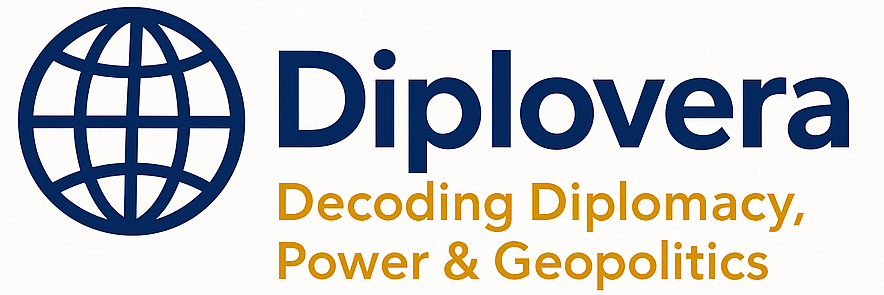Gaza: The Living Hell on Earth

The Gaza Strip is currently enduring one of the most devastating humanitarian crises in modern history. The ongoing conflict has resulted in catastrophic living conditions, unprecedented loss of human lives, and the erosion of basic dignity. More than 57,000 innocent civilians, including thousands of children, have lost their lives, and over 100,000 individuals are severely wounded, permanently disabled, or medically incapacitated. Essential facilities, including hospitals, schools, and food distribution centers, have become targets of relentless bombing campaigns by Israel. Despite these catastrophic conditions, global humanitarian organizations and international bodies, including the United Nations, appear paralyzed, their responses inadequate, reflecting political impotence or influence by powerful nations. This tragedy poses critical ethical questions about international accountability, justice, and humanity.
To understand the current devastation in Gaza, one must first examine the historical and geopolitical complexities of Palestine and the Gaza Strip. Palestine historically encompassed the land between the Mediterranean Sea and the Jordan River, a region home to diverse ethnic and religious communities, predominantly Arabs and Jews. Prior to 1948, this territory was under British administration following the collapse of the Ottoman Empire after World War I. The end of British rule culminated in the controversial United Nations partition plan in 1947, which proposed dividing Palestine into Jewish and Arab states. The Arabs rejected the proposal, viewing it as unfairly favoring the smaller Jewish population at the time. Subsequently, in 1948, Israel declared independence, sparking a conflict known as the Arab-Israeli War. This resulted in significant displacement of Palestinian Arabs, an event Palestinians refer to as the Nakba ("catastrophe"). Approximately 700,000 Palestinians were forced from their homes, many becoming refugees in surrounding Arab countries. The ensuing decades witnessed several conflicts and territorial shifts. The Six-Day War of 1967 saw Israel capture significant territories, including the Gaza Strip, West Bank, East Jerusalem, the Golan Heights, and the Sinai Peninsula. Despite international demands and resolutions calling for Israel's withdrawal, many of these territories remain under Israeli control or influence, notably the West Bank and Gaza Strip. Initially under Egyptian administration following the 1948 conflict, Gaza became occupied by Israel from 1967 until 2005, when Israel unilaterally withdrew its military forces and dismantled settlements. However, Israel maintained tight control over Gaza's borders, airspace, and sea access, effectively placing the territory under a blockade that persists today. The region's geopolitics are further complicated by the broader Arab-Israeli tensions. Historically, neighboring Arab countries such as Egypt, Jordan, Syria, and Lebanon have engaged in conflicts and peace negotiations with Israel. Egypt and Jordan eventually established formal peace treaties, in 1979 and 1994 respectively, significantly reshaping regional alliances. Iran, a non-Arab country but a major regional player, emerged as a key supporter of Palestinian resistance groups, notably Hamas in Gaza and Hezbollah in Lebanon. Iran's support, often framed as resistance against Western-backed Israeli actions, has heightened regional tensions, leading to indirect proxy conflicts with Israel. The role of the United States has profoundly shaped the Israel-Palestine conflict. America has historically been Israel's most steadfast ally, providing military aid, economic assistance, and diplomatic backing. This support has emboldened Israel's military strategies and its political stance regarding Palestinian territories. Critics argue this has prolonged the conflict, enabling Israel to bypass meaningful negotiations toward Palestinian sovereignty. In the decades leading up to the current Gaza crisis, numerous peace efforts, including the Oslo Accords (1993), have failed to deliver lasting solutions. These attempts repeatedly faltered amid mutual mistrust, continued settlement expansions in the West Bank, and persistent violence from both sides. The rise of Hamas, elected in Gaza in 2006, dramatically reshaped the political landscape, leading Israel and Western allies to impose severe restrictions on the territory, exacerbating humanitarian conditions. The current Gaza crisis, therefore, emerges as the devastating culmination of decades-long geopolitical strife, regional power dynamics involving Arab countries and Iran, and significant international involvement, particularly by the United States. Understanding this context is crucial to fully grasping the humanitarian catastrophe unfolding today.
Israel's justification of military action as self-defense has led to disproportionate force resulting in mass civilian casualties. Targeting essential humanitarian infrastructure violates international humanitarian law and exacerbates civilian suffering, creating conditions comparable to collective punishment.

The global silence and passive stance of influential international organizations and human rights bodies significantly enable Israel's continuous aggression. This absence of decisive action sets a dangerous precedent for international humanitarian crises, weakening the global human rights framework. It is very important to see when US is directly involved in any conflict then there is no value of human rights and all west media is spreading propagandas against innocent civilians.

Middle Eastern nations, especially Arab countries, have historically leveraged the Palestinian cause for political gain rather than genuine humanitarian commitment. Their selective advocacy and inconsistent support reflect internal political motives and regional power struggles, failing to provide substantial relief to the Palestinian people. Iran alone with some of allies tried to stop Israel in Gaza but it is not enough because Israel is supported by USA.
"“The crisis in Gaza reflects a catastrophic failure of international morality. The world must confront its complicity in allowing such human suffering.” – Dr. Ayesha Malik, Human Rights Expert"
The future of Gaza is profoundly uncertain and increasingly precarious, especially following recent escalations such as the U.S. bombing of Iranian nuclear sites and ongoing Israeli military actions against Iranian interests. These aggressive moves, ostensibly justified by nuclear proliferation concerns, are also deeply linked to the Gaza conflict. Such actions risk further destabilization, potentially triggering severe regional repercussions including radiological crises or extended military confrontations. This interconnected turmoil limits Iran’s capacity to support Gaza, exacerbating the humanitarian situation and threatening regional stability. Urgent diplomatic interventions and comprehensive peace negotiations are critical to averting catastrophic outcomes in this highly volatile geopolitical landscape.
The tragedy of Gaza illustrates a global failure to uphold basic human rights and dignity. It underscores the urgent need to reexamine the roles and responsibilities of international governance and human rights enforcement bodies. Immediate, unbiased humanitarian interventions are essential for restoring dignity and hope to Gaza's civilians.
UN Reports on Gaza, Human Rights Watch Analysis, Historical documents on Arab-Israeli conflict Amnesty International Reports, Image Credit- Aljazeera, BBC Historical Timeline of Israel-Palestine conflict,




